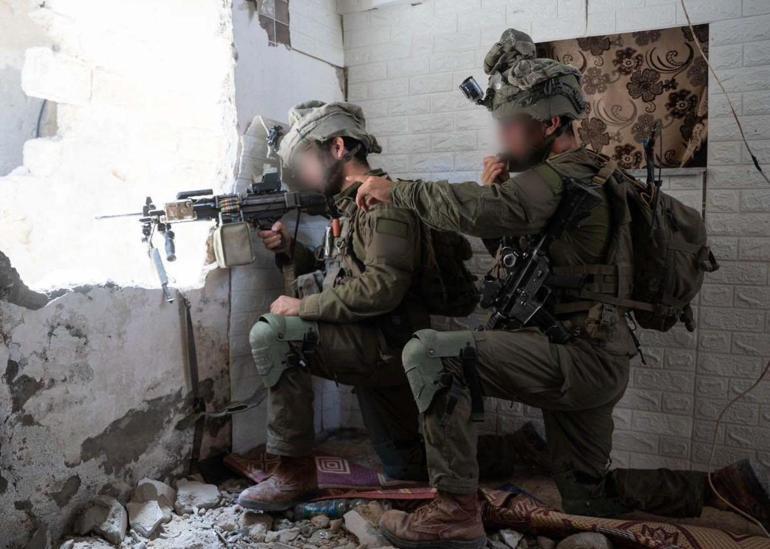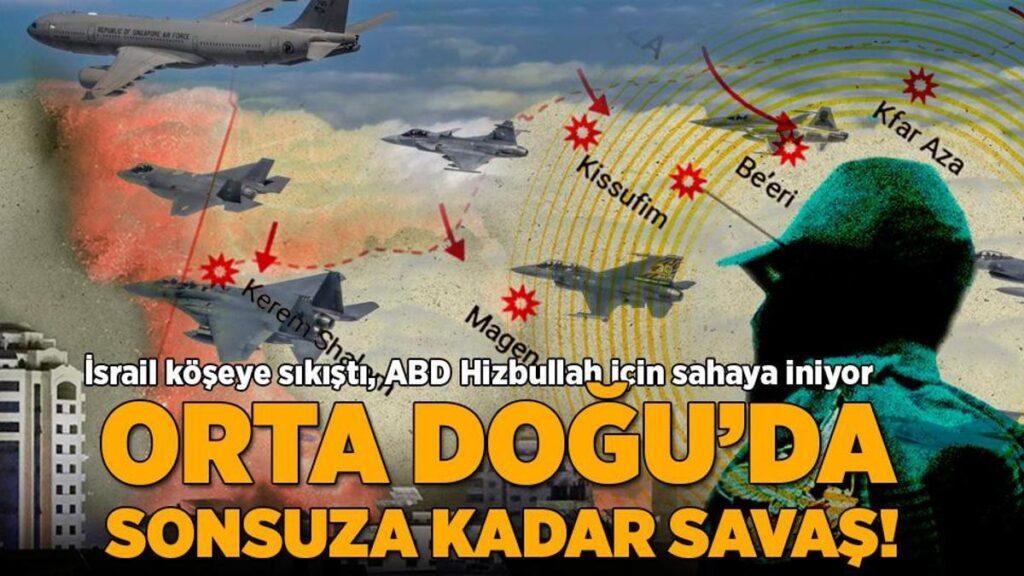When is a ceasefire not a ceasefire? According to the Israeli army, “when military activity is suspended locally and tactically for humanitarian purposes.” Israel’s Gaza humanitarian aid coordinator detailed how fighting will be paused daily between 8am and 7pm local time along the key line heading north from the Kerem Shalom crossing, where aid supplies are stored to be delivered.

The announcement immediately sparked political attacks by angry far-right ministers. The Israeli army was quick to stress that it did not mean the fighting in southern Gaza was over or that there was any change in the entry of humanitarian aid. The Israeli army’s announcement shows that the situation is becoming increasingly worrying for Prime Minister Benjamin Netanyahu, who is caught between vague and so far unattainable military objectives, such as the collapse of Hamas and the assured return of hostages, and the political alliances he relies on to stay in power.
In Gaza, international aid agencies still have to coordinate with the Israeli army, and Matt Hollingworth, the World Food Programme’s Gaza director, said the Israeli army’s latest decision would test whether that coordination can be made smoother and faster.
But Hollingworth also said coordination was only part of the hurdles aid agencies face in delivering aid to Gaza. “Sunday’s announcement did not solve the problems of mistrust and criminality,” Hollingworth said.
“This remains the most dangerous area in the Gaza Strip for transporting aid.” There is no indication that key Hamas leaders, Yahya Sinwar and Mohammed Deif, were killed or captured.
“Fight Forever”
For Netanyahu, the end of the war is likely to bring a new struggle for political survival. The rifts between his forces and their allies highlight the difference between the rhetoric of war and the reality and tense environment.
Prime Minister Netanyahu is torn between promising “guaranteed victory” and the possibility of “permanent war.”


